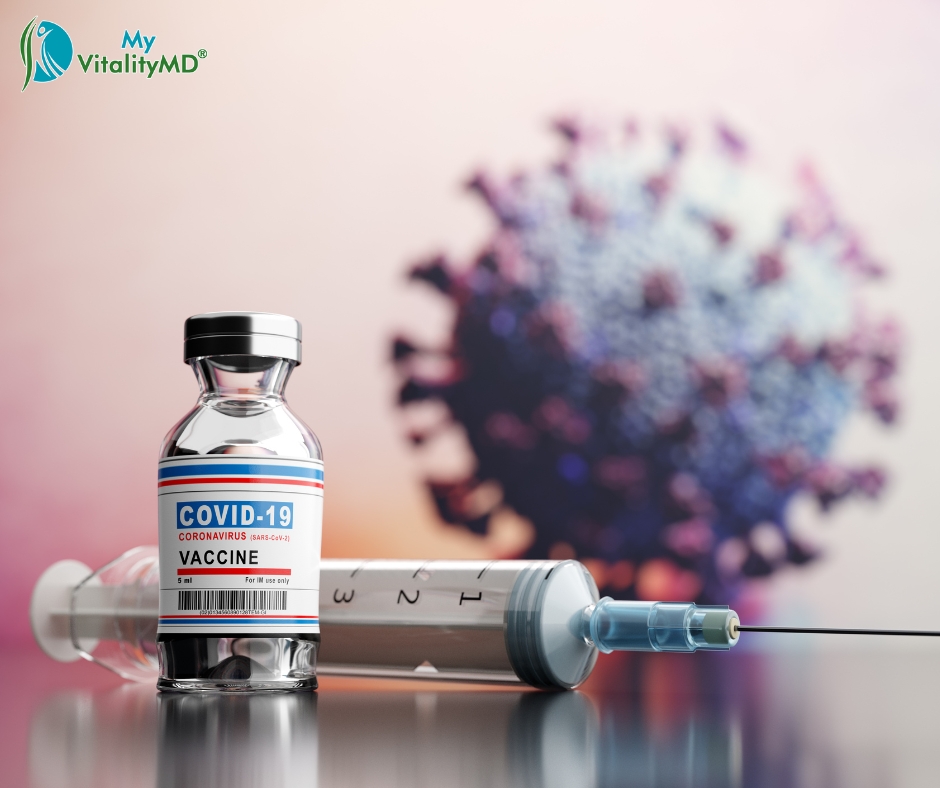What began as a localized outbreak in one country quickly spread across the globe, drastically changing lives and causing widespread hardship. Scientists worldwide worked tirelessly to develop a solution, and their efforts led to the creation of vaccines by Pfizer/BioNTech and Moderna. These vaccines received Emergency Use Authorization (EUA) from the U.S. Food and Drug Administration (FDA), offering a ray of hope. Both vaccines are similar in many ways, primarily because they utilize mRNA technology, yet they also have notable differences.

Key Differences Between Pfizer and Moderna Vaccines
Both vaccines work through the same fundamental mechanism, using messenger RNA (mRNA) to instruct cells to produce a protein that triggers an immune response. This process does not involve the virus itself, making it a groundbreaking method of vaccination. While the underlying principle is the same, there are important distinctions between the two.
-
Storage Requirements: Pfizer’s vaccine must be stored at ultra-cold temperatures, between -112°F and -76°F, whereas Moderna’s vaccine can be stored at a more manageable range of -13°F to -5°F. This makes Moderna easier to distribute in places without specialized refrigeration.
-
Dosage and Preparation: Pfizer’s vaccine comes in vials containing five doses and requires dilution with a saline solution before administration. In contrast, Moderna’s vaccine is available in ten-dose vials and does not require dilution, simplifying the administration process.
-
Age and Administration Schedule: The Pfizer vaccine is authorized for individuals aged 16 and older, with a dosing schedule spaced 21 days apart. Moderna’s vaccine is approved for those 18 and older, with a 28-day interval between doses. During clinical trials, Moderna’s vaccine showed 94.5% efficacy with 30,350 participants, while Pfizer’s showed 95% efficacy with 36,621 participants.
Common Side Effects of the Vaccines
Both vaccines may cause side effects, which are generally mild and similar. Common reactions include pain at the injection site, fatigue, joint and muscle pain, chills, headache, and fever. Notably, Pfizer’s vaccine tends to cause fever more frequently. According to the FDA, side effects are more commonly reported after the second dose.
- Pfizer: Severe side effects were reported in 0 to 4.6% of participants.
- Moderna: Between 2% and 9.6% of participants experienced severe reactions.
Elderly individuals are more susceptible to these side effects, with those over 65 years showing a higher likelihood of adverse reactions to Pfizer’s vaccine, while Moderna’s vaccine showed increased side effects in those over 55.
It is essential to receive both doses of the same vaccine to ensure maximum efficacy. With the availability of these vaccines, there is optimism that the pandemic will soon be under control. As vaccination efforts continue, we can hope for a return to normalcy and a brighter future.
